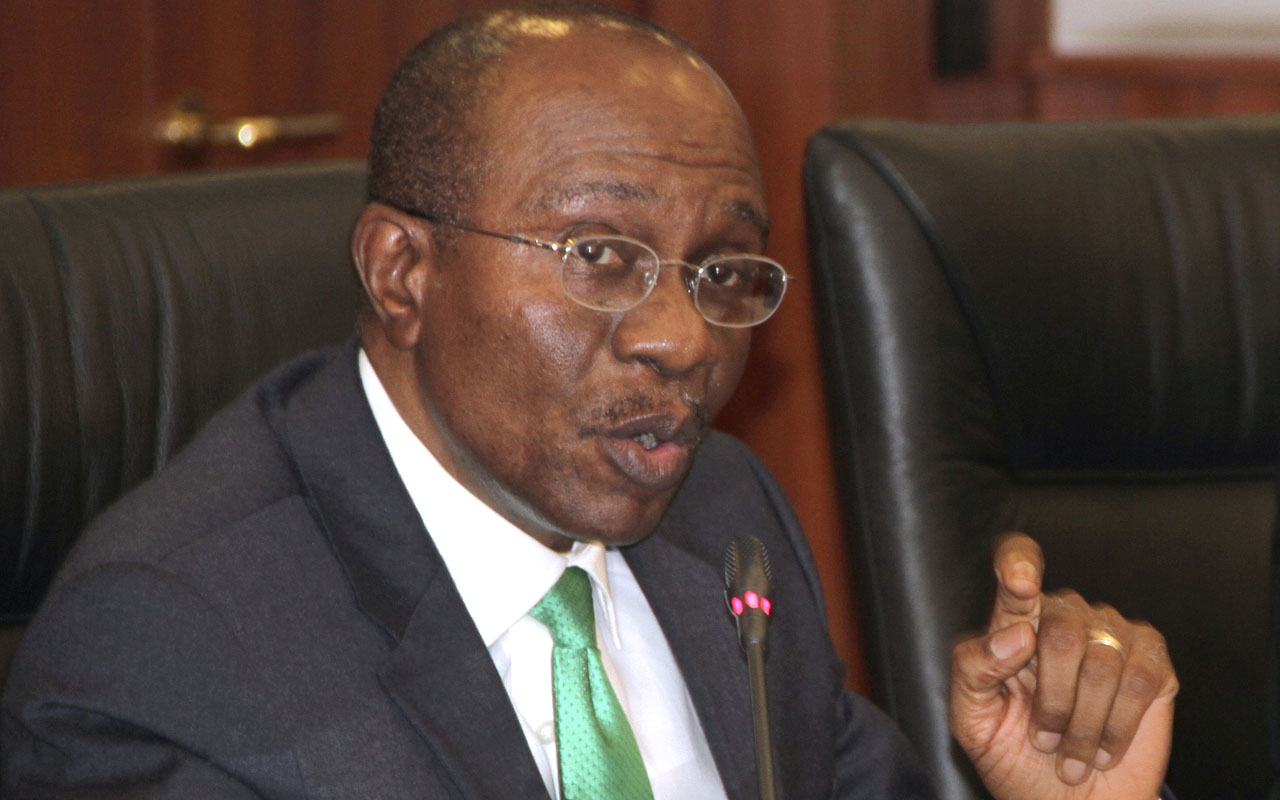Credit in short supply in Nigeria as private sector lending represent paltry 22% of GDP
July 4, 20172K views0 comments
Though data from the Central Bank of Nigeria (CBN) highlight an increase of 19.4 percent in credit to the national economy year-on-year as at end 2016 (in naira terms) analysts say commercial banks credit extension to the private sector in Nigeria is low, representing a paltry 21.9 percent of GDP compared with 75.0 percent in South Africa.

Analysts at FBNQuest specifically said in their Good Morning note Tuesday that credit data from the CBN does not indicate an impressive growth to suggest the gap is narrowing between Nigeria and South Africa. They noted that the large share of credit allocated to the oil and gas sector and the weight of those loans denominated in foreign currencies make the increase negligible.
Private sector lending has also been constrained by increased borrowing by government through treasury and bonds, which has deprived commercial banks of deposit to create risk assets.
For example, in February the average prime and maximum lending rates of the DMBs were 17.1 percent and 29.3 percent while FGN bonds were yielding more than 16 percent and longer tenor NTBs more than 22 percent.
Read Also:
- Stakeholders advocate policy compliance in Nigeria’s building insurance sector
- NAICOM sets December 31st deadline for claims settlement, unveils sector reforms
- How prepared is Nigeria for UNFCC COP29?
- Nigeria’s Sovereign Eurobond yield rises to 9.70%
- Nigeria’s falling fuel consumption and its deeply troubled economy
“Faced with this choice and allowing for the sizeable risk attached to most credit applications from the real economy outside the blue chips, it is little surprise that the DMBs have accumulated very large positions in FGN paper,” they stated.
This is coupled with rising defaults that put a check on most of the banks to lend.
“One aim of monetary policy in 2016 was to persuade the deposit money banks (DMBs) to boost their lending to what the CBN termed job-creating and productive sectors such as agriculture and manufacturing,” they noted, adding that neither the lectures nor incentives worked.
The FBNQuest analysts contend that though DMBs’ lending to agriculture has risen from about one percent to about 4 percent of their total loan books over three years, it has not brought about the rapid growth in agro-industry underpinning the FGN’s strategies of import substitution and economic diversification. This also explains why the CBN has launched three subsidised credit schemes for the sector in the past decade.
